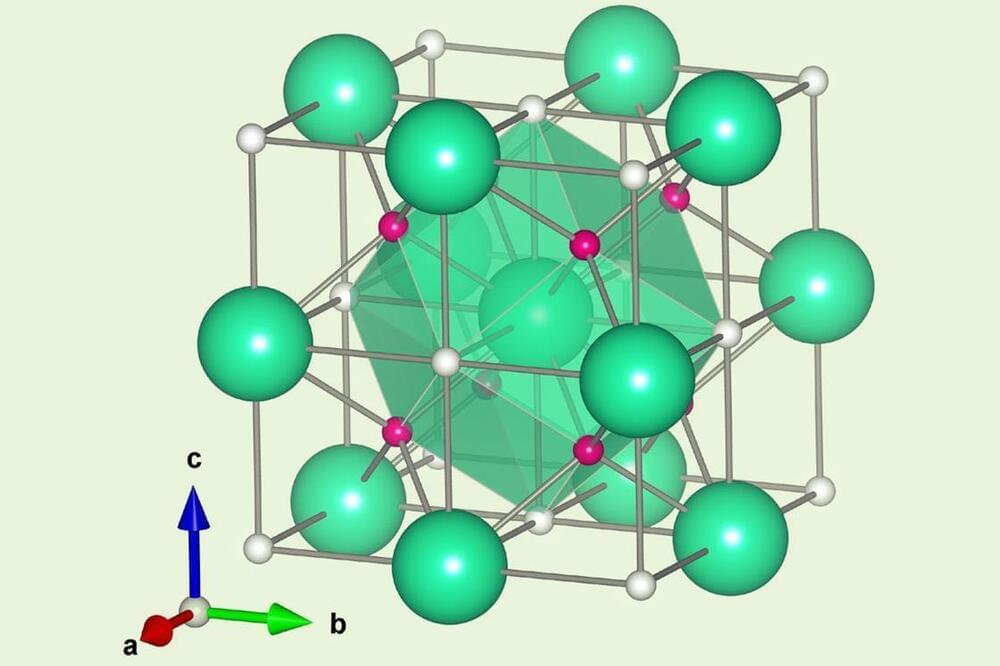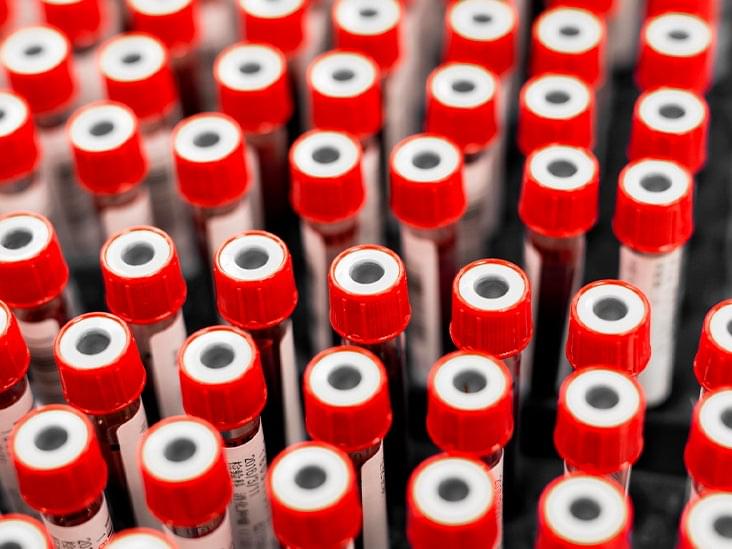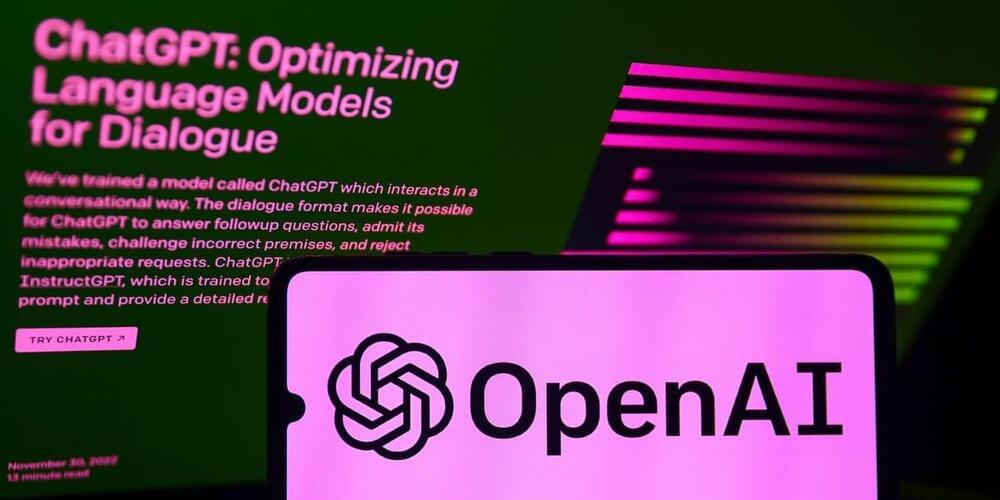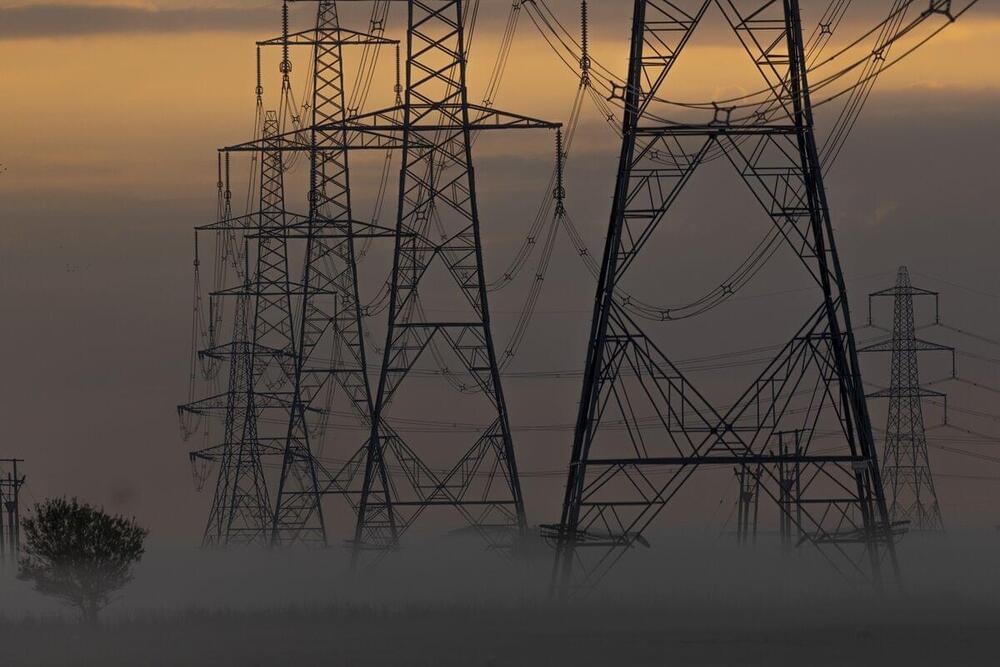Get the latest international news and world events from around the world.
Viable superconducting material created at low temperature and low pressure
In a historic achievement, University of Rochester researchers have created a superconducting material at both a temperature and pressure low enough for practical applications.
“With this material, the dawn of ambient superconductivity and applied technologies has arrived,” according to a team led by Ranga Dias, an assistant professor of mechanical engineering and physics. In a paper in Nature, the researchers describe a nitrogen-doped lutetium hydride (NDLH) that exhibits superconductivity at 69 degrees Fahrenheit (20.5 degrees Celsius) and 10 kilobars (145,000 pounds per square inch, or psi) of pressure.
Although 145,000 psi might still seem extraordinarily high (pressure at sea level is about 15 psi), strain engineering techniques routinely used in chip manufacturing, for example, incorporate materials held together by internal chemical pressures that are even higher.
Rewiring the Brain: The Promise and Peril of Neuroplasticity
Human enhancement has long been depicted as having the potential to help but also harm humanity. Brian Greene talks with Neuroscientists Takao Hensch, John Krakauer and Entrepreneur Brett Wingeier about their experiments using brain plasticity to heal illness, improve cognitive and athletic performance. They also raise warning flags about the race to build a more perfect human.
This program is part of the Big Ideas series, supported by the John Templeton Foundation.
Participants:
John Krakauer.
Takao Hensch.
Brett Wingeier.
Moderator:
Brian Greene.
SHARE YOUR THOUGHTS on this program through a short survey:
https://survey.alchemer.com/s3/7242995/Rewriting-the-Brain.
WSF Landing Page Link: https://www.worldsciencefestival.com/programs/rewiring-the-b…lasticity/

Record room-temperature superconductor could boost quantum computer chips
Companies could one day make superconductive quantum computer chips that function at room temperature thanks to a new material from researchers in the US. Ranga Dias from the University of Rochester and colleagues made a material superconductive at 21°C and pressures less than 1% of those used for existing high-temperature superconductors. ‘The most exciting part is the pressure,’ Dias tells Chemistry World. ‘Even I didn’t think this was possible.’
Together with Ashkan Salamat’s team at the University of Nevada, Las Vegas, the scientists say that electrical resistance in their nitrogen-doped lutetium hydride falls to zero at room temperature. Making room-temperature zero-resistance materials is a chemistry ‘holy grail’ and could fight climate change by reducing the 5% of electricity lost as heat while flowing through the grid.
However, Dias and Salamat’s team hasn’t been able to fully confirm the new material’s structure. As hydrogen atoms are so small they don’t easily diffract the x-rays used to work out the material’s composition. And this is an important reservation, considering the publisher of the team’s previous high-temperature superconductor paper retracted it.

Computer modelling for molecular science — with Sir Richard Catlow
High-performance, realistic computer simulations are crucially important for science and engineering, even allowing scientists to predict how individual molecules will behave.
Watch the Q&A here: https://youtu.be/aRGH5lC0pLc.
Subscribe for regular science videos: http://bit.ly/RiSubscRibe.
Scientists have always used models. Since the ancient Ptolemaic model of the universe through to renaissance astrolabes, models have mapped out the consequences of predictions. They allow scientists to explore indirectly worlds which they could never access.
Join Sir Richard Catlow as he explores how high-performance computer simulations have transformed the way scientists comprehend our world. From testing hypotheses at planetary scale to developing a personalised approach for the fight against Covid.
0.00 Intro and history of scientific modelling.
7.34 Examples of computer models in science and engineering.
16:10 Modelling molecules and materials.
20:25 Using modelling for crystallography.
28:14 Genetic algorithms for predicting crystal structures.
32:32 Lawrence Bragg and the bubble raft.
36:24 High performance computer modelling of materials.
41:18 Modelling of nanostructures and nanoparticles.
44:34 High energy density batteries.
51:04 Three challenges for modelling.
This Discourse was recorded at the Ri on 27 May 2022.

Heart disease risk: Protein test more accurate than cholesterol
The health of the heart and blood vessels is vital to body function. Early screening can help people understand their risks and potentially prevent adverse health outcomes.
Testing cholesterol levels is important, but another test can further help identify the risk for cardiovascular disease: apolipoprotein B-100 (ApoB) levels. This protein helps transport cholesterol throughout the body.
Testing for the level of this protein in the blood may help identify people who are more at risk for cardiovascular disease, even when cholesterol levels are normal.


A Hardy Enzyme May Hold Key to Creating Power Out of Thin Air
A recent scientific breakthrough could see electricity being generated using nothing but the atmosphere, with perhaps a little added hydrogen.
The process involves an enzyme made by bacteria to help them grow and survive in environments including volcanic craters and Antarctica. The enzyme, called Huc, has been found to produce a small electrical current by consuming hydrogen in the air as a source of energy, researchers said in a paper published Wednesday in scientific journal Nature.
